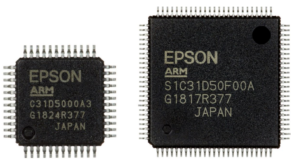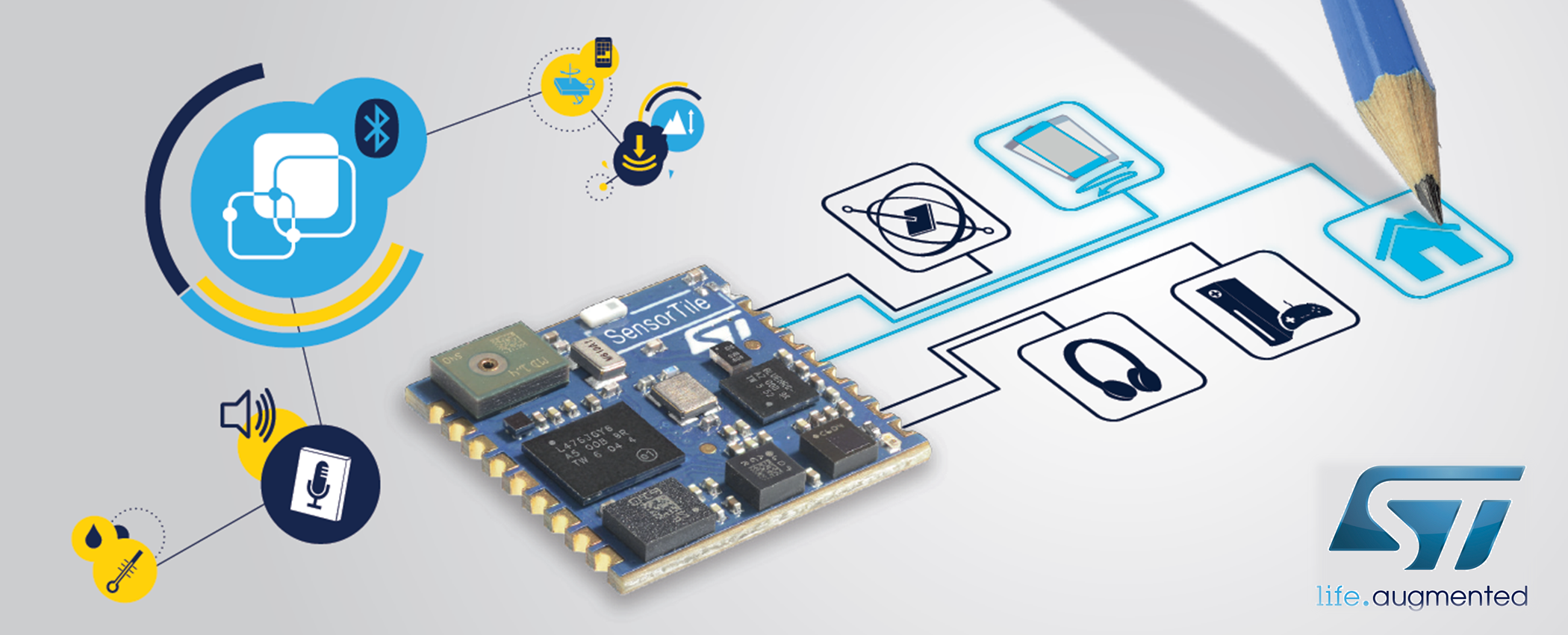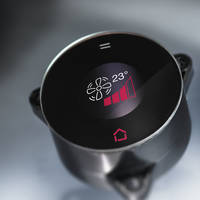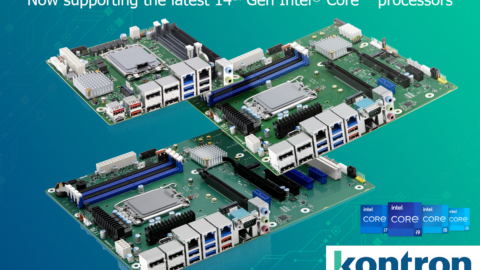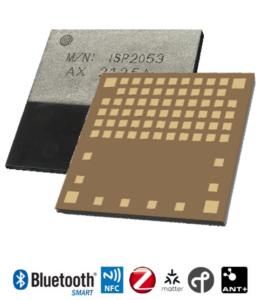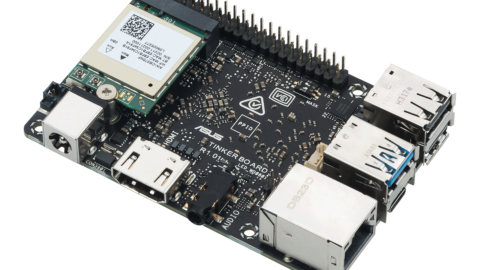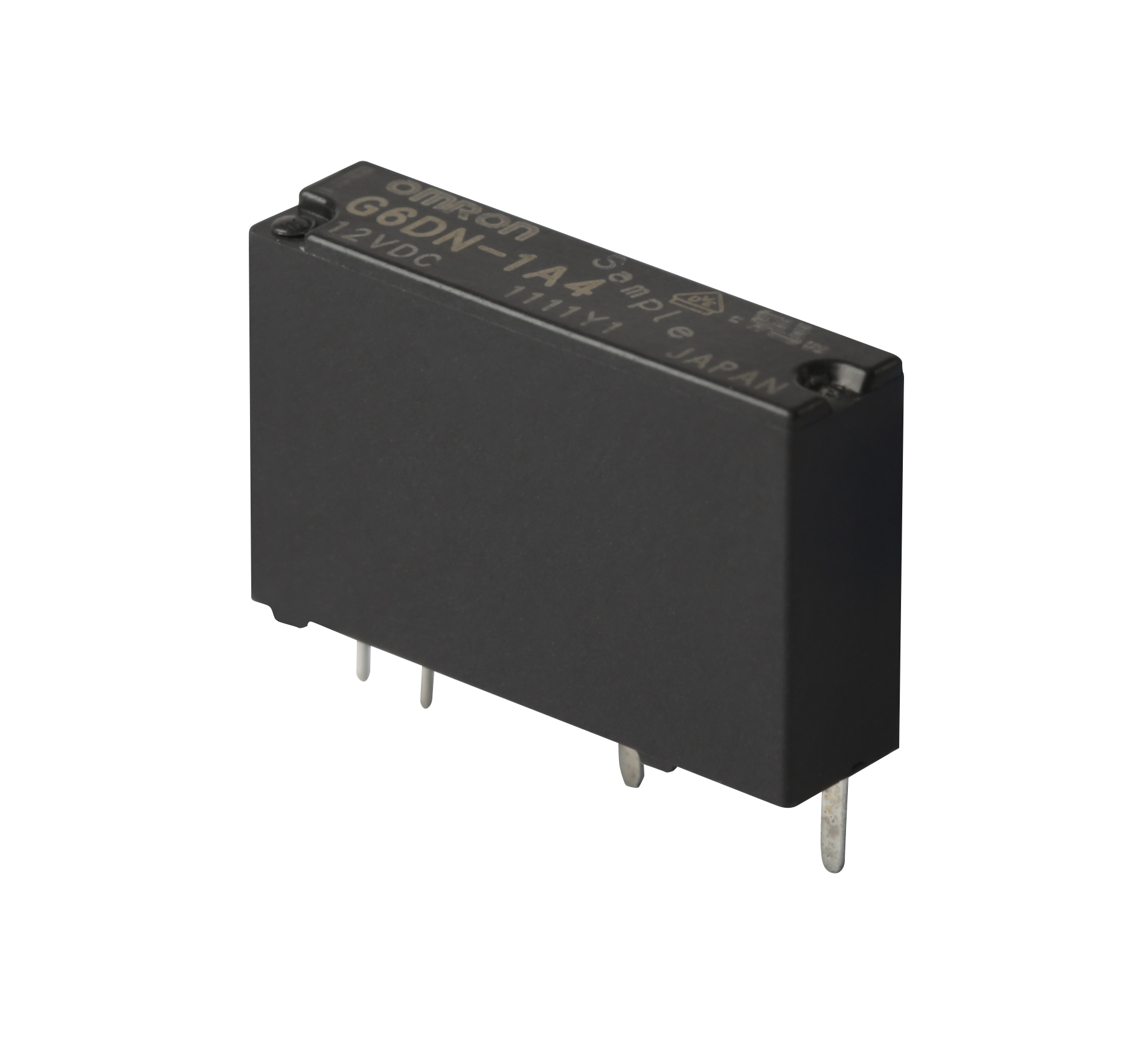Epson presents its new S1V3G340 ASIC and S1C31D50 MCU + evaluation board with improved software
Epson’s hardware/software solutions for voice/audio playback of self-configured sentences in 12 languages, without the need for expensive trips to the recording studio or professional voiceover artists, offers new opportunities to the world market.
With the single chip version of the S1V3G340, existing designs can be expa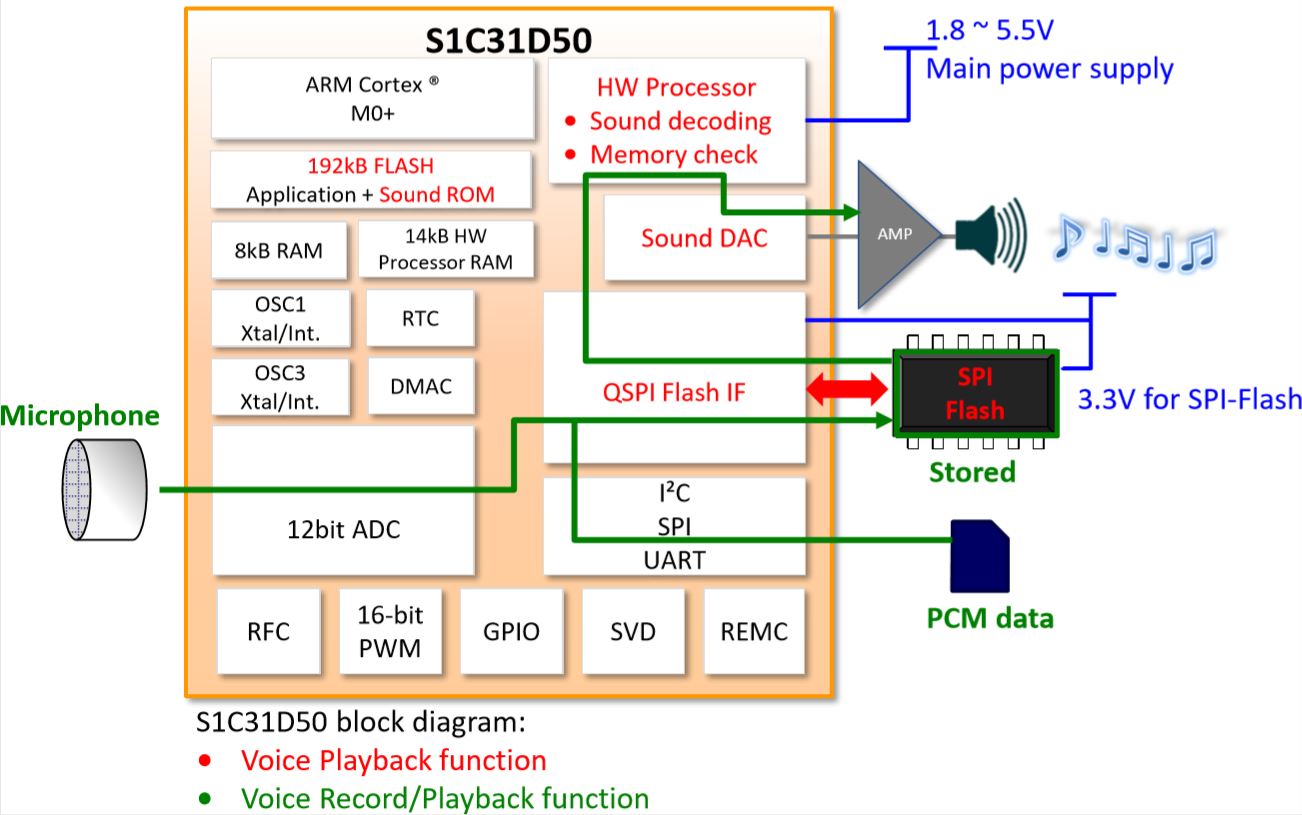 nded to realize voice/audio playback via one channel. The S1C31D50 microcontroller offers a complete package for the realization of speech/audio playback over 2 channels. It consists of a 32-bit ARM®-Cortex®-M0+ MCU with a clock frequency of 16MHz, a flash memory of 192kB and a main memory (RAM) of 8kB. The speech/audio playback is done via a separate hardware block (HW). The HW processor realizes 2-channel speech/audio playback, speech speed conversion and self memory testing without using CPU resources.
nded to realize voice/audio playback via one channel. The S1C31D50 microcontroller offers a complete package for the realization of speech/audio playback over 2 channels. It consists of a 32-bit ARM®-Cortex®-M0+ MCU with a clock frequency of 16MHz, a flash memory of 192kB and a main memory (RAM) of 8kB. The speech/audio playback is done via a separate hardware block (HW). The HW processor realizes 2-channel speech/audio playback, speech speed conversion and self memory testing without using CPU resources.
The S1V3G340 is an ASIC with highly compressed, high-quality audio decoding functions, an external SPI flash memory interface and a DA converter, making it ideal for upgrading existing systems in voice guidance products. It offers the same speech/audio output capabilities as the S1C31D50 only as a 1-channel single chip solution.
The “Easy Speech Phrase Editor Release 2” (ESPER2) software is provided free of charge by Epson for the microcontroller and the ASIC. It supports twelve different languages: American English, Chinese, Japanese; Korean American Spanish, British English, Canadian French, French, German, Italian, Russian and Spanish which opens the doors to the world market. Manufacturers of home appliances, home electronics, health and fitness equipment, industrial equipment, and more will have the opportunity to upgrade their equipment to multilingual devices.
With the evaluation board S5U1C31D50T1 on which the MCU S1C31D50 is installed, Epson offers the possibility of self-testing. Using the ESPER2 software provided by Epson and an update tool, you can load your own programs with specially created language and audio files into the SPI flash memory and have them played back. The playback speed and volume can be changed manually via hardware buttons on the board.
If you want to try out what these components are capable of, then get your own development board from our shop. Just follow the links below.
https://www.rutronik24.com/search-result/qs:S5U1C31D50T1200/reset:0
https://www.rutronik24.com/search-result/qs:S5U1V3G340B1000/reset:0

